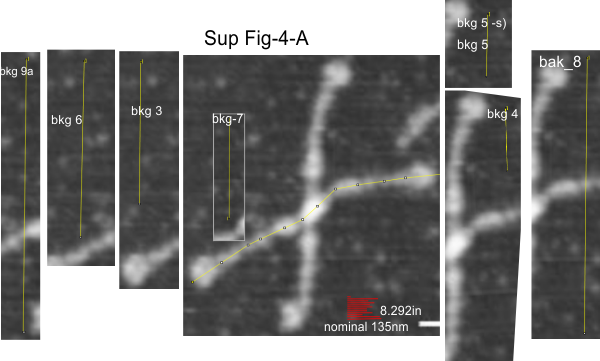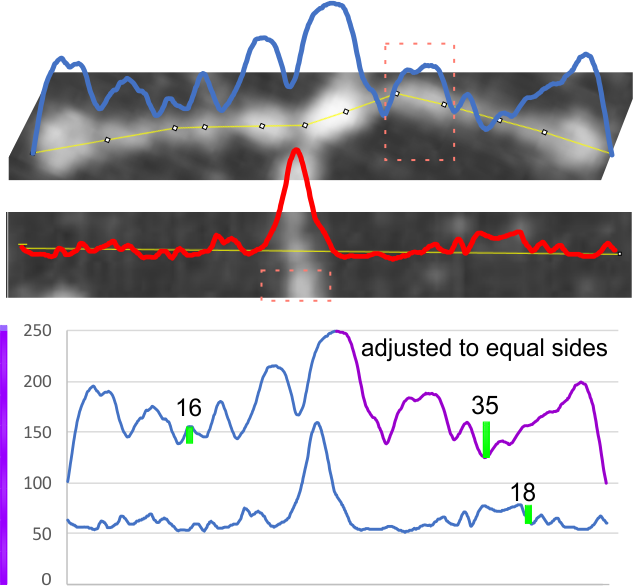yep there is a screw loose in society…. i contemplate it every time i go to my daughter’s house and discover what she focuses on…. she is quite focused on making a stained glass suncatcher for her boyfriend …the activity itself is not bad…. i laud it, the amount of time is inordinate…. however, i have come to the conclusion that this is the way she nests….. excessive thinking about every tiny detail to the exclusion of appropriating time for the necessary things (housework dishes etc)….
it was an epiphany i had yesterday when she has also mentioned again that she wants badly to make a quilt of her kids old tee shirts (i have made such memory quilts for other people, and my for own sister from her mickey mouse tee shirt collection… i know the deep seeded internal pressure to do these types of things…. this is actually a manifest of the nesting instinct… i understand it, as every august something in me says “make a quilt”
the origins of these feelings in me are almost unknown to me (outside of the obvious preparation for cold winters)… i dont conjure them up… they just come up on their own.
As a young woman i wanted nothing in life more than to work on the tiny things to make a home and decorate it, paint walls, make curtains, quilts, garden, make trinkets…. it was an individual (non commercialized) way to build a nest. i got a big dose of that instinct, she got a big dose too, but she also got my x’s compulsion for perfection (which i truly did not get from anyone in my tree)…. that is a recipe for slow and tedious — but it produces some of the best works of art, and some of the most personalized (never monetized) and highly rewarding artwork…. i think the rise of commercialization, cheap excuses for home building and nesting, have no meaning, and therefore to go find meaning we change out the cheap things for more cheap things….
my grandmother (actually both grandmothers) was an artist…. but her artwork was in the beauty of her clothes and quilts (no surprise there) and needlepoint and crochet… i have some of her lovely hand made lace…. not monetized….
another thing lost is the ability to “use what we have in front of us”… i use trash… how funny is that in todays society…
we need to release china from mass production of cheap stuff and return to “nesting” home building with our own resources at hand…. i think so anyway….. the missing satisfaction is from the “i did it myself” and that leaves our satiety unsated


